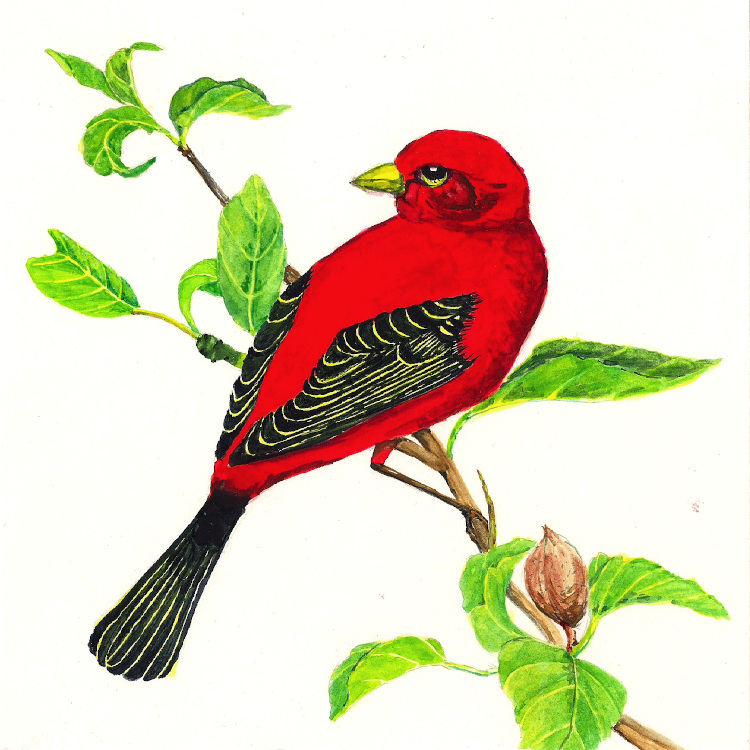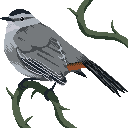It started with a cassette tape of bird song taken from my maternal grandmother's house after her death.
\\~~~~~~~~~~~~~~~~~~~~~~~~//
The spectrograph weavings came first. The tape was digitized without compression. That allowed software to create detailed images of the bird song mapped on a graph. the song could then be woven into cloth using satin structures. The cloth, silent itself, was a kind of telescoping representation of the species of bird, identified only by song.
//~~~~~~~~~~~~~~~~~~~~~~~~\\
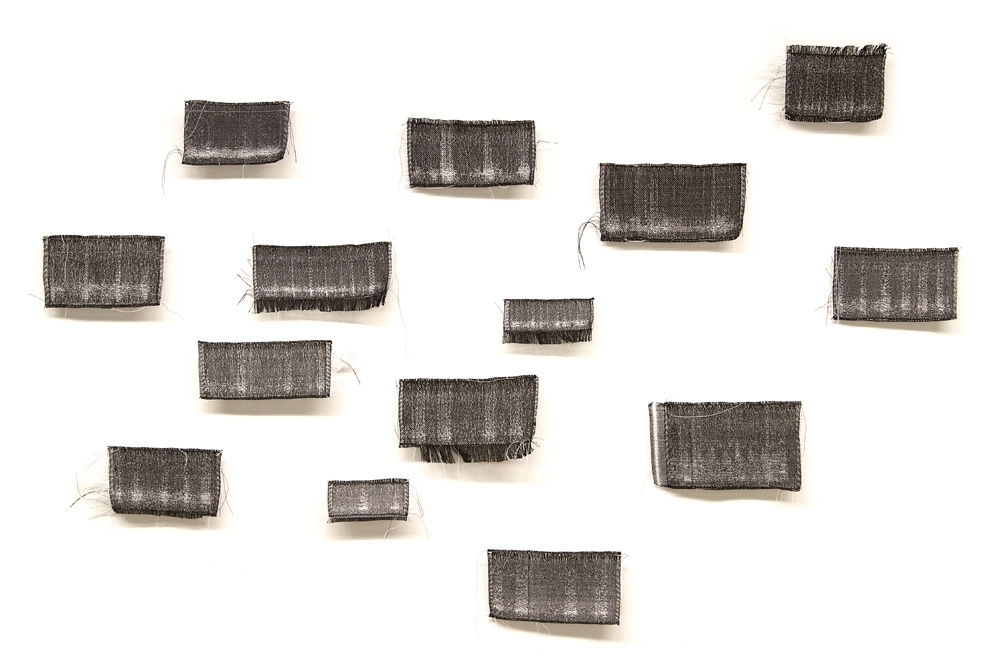
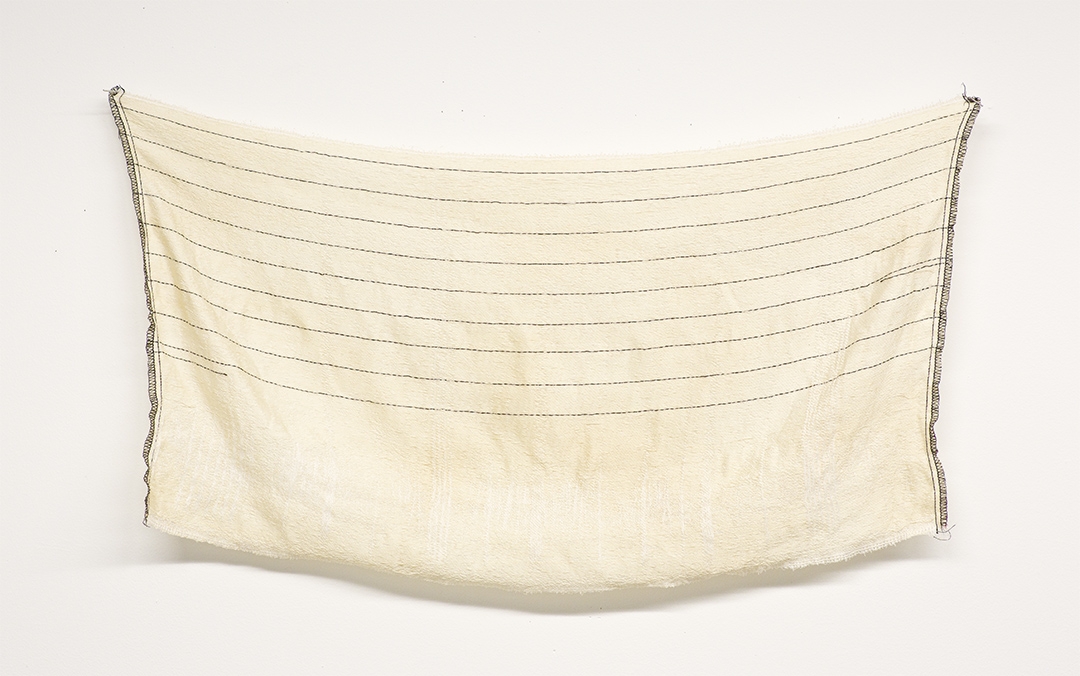
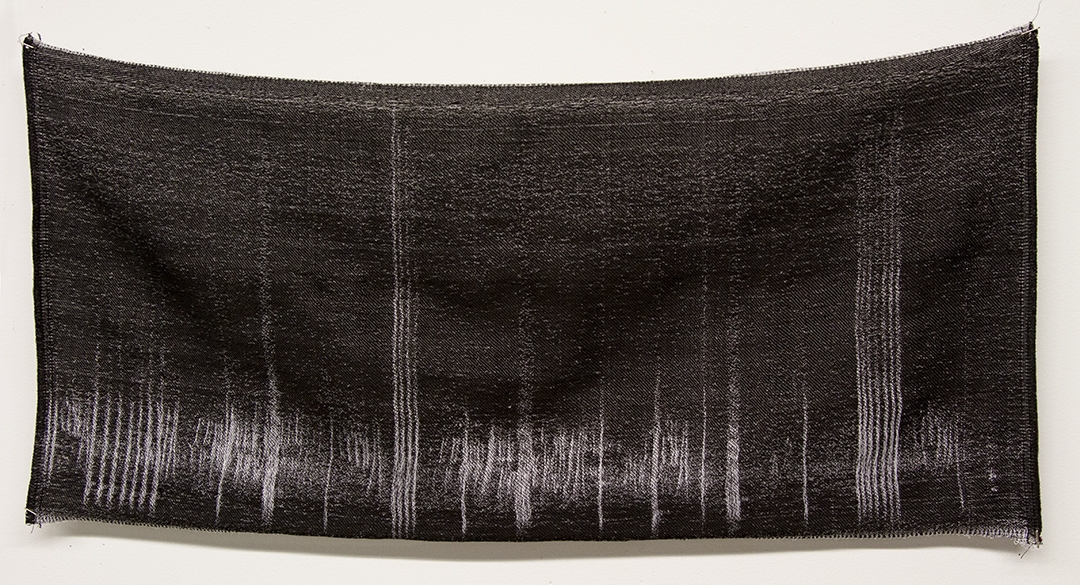
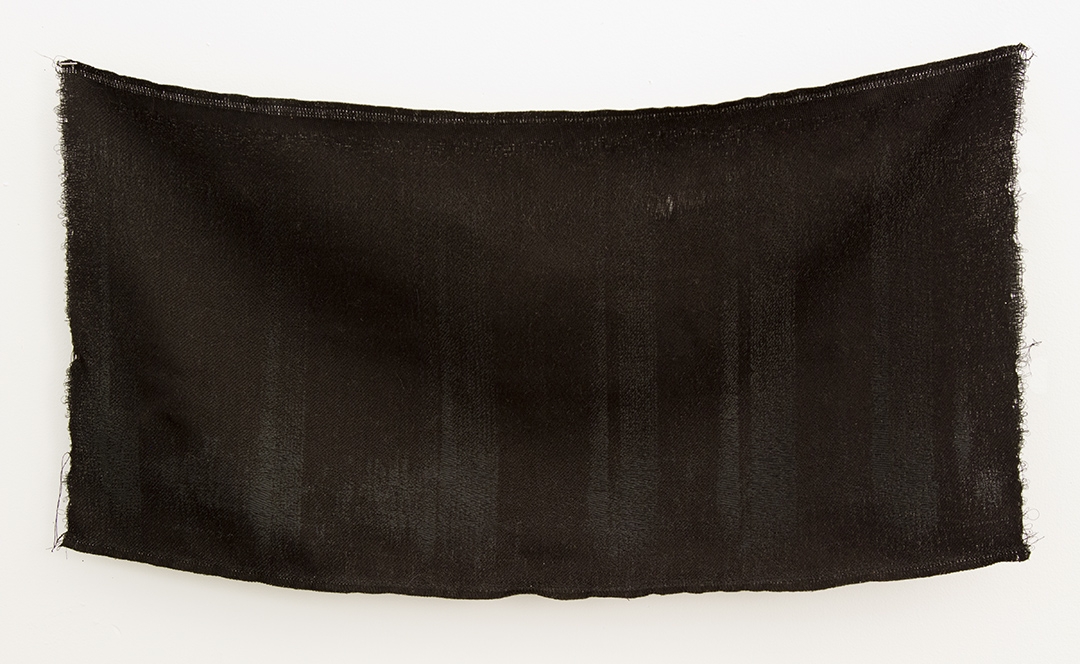
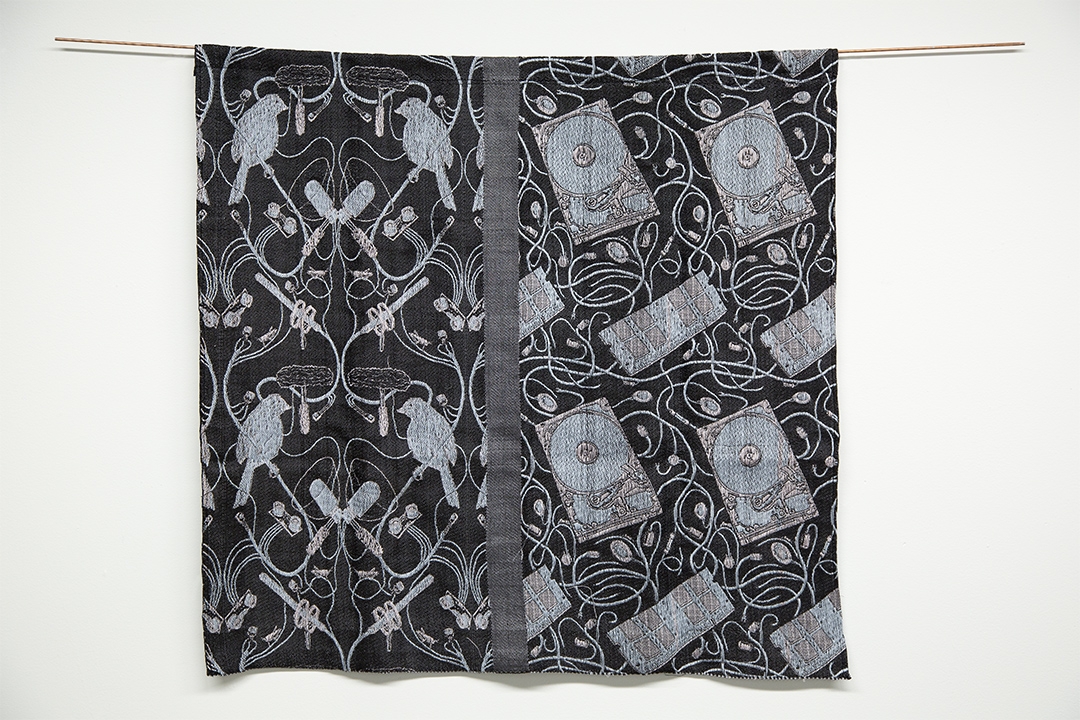
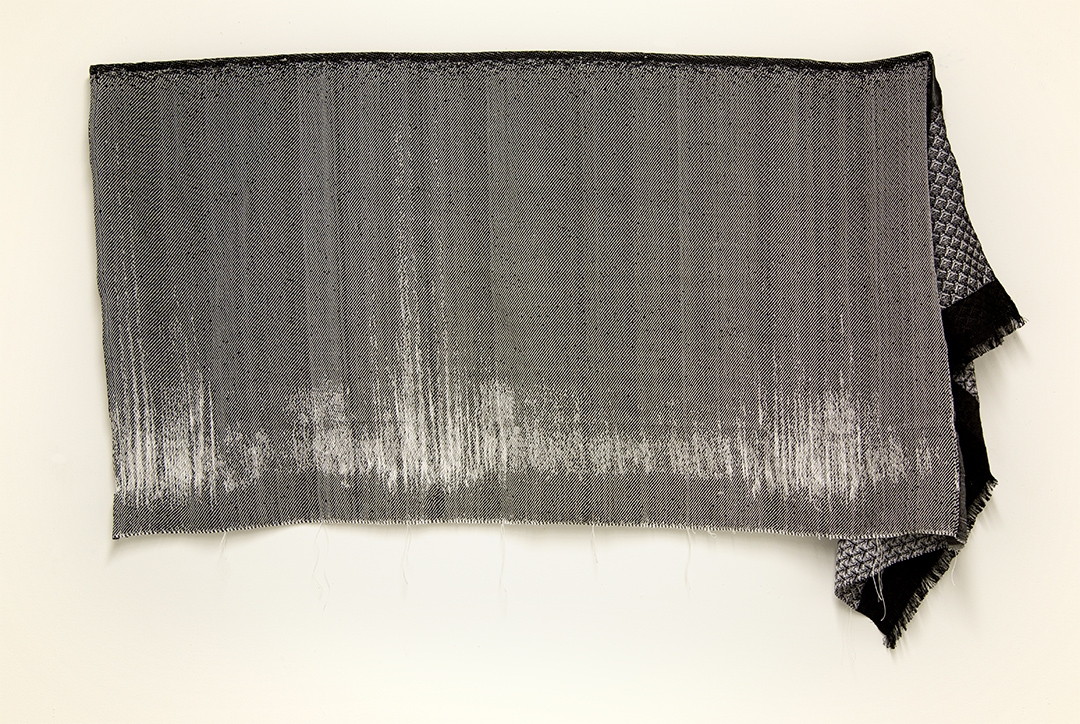
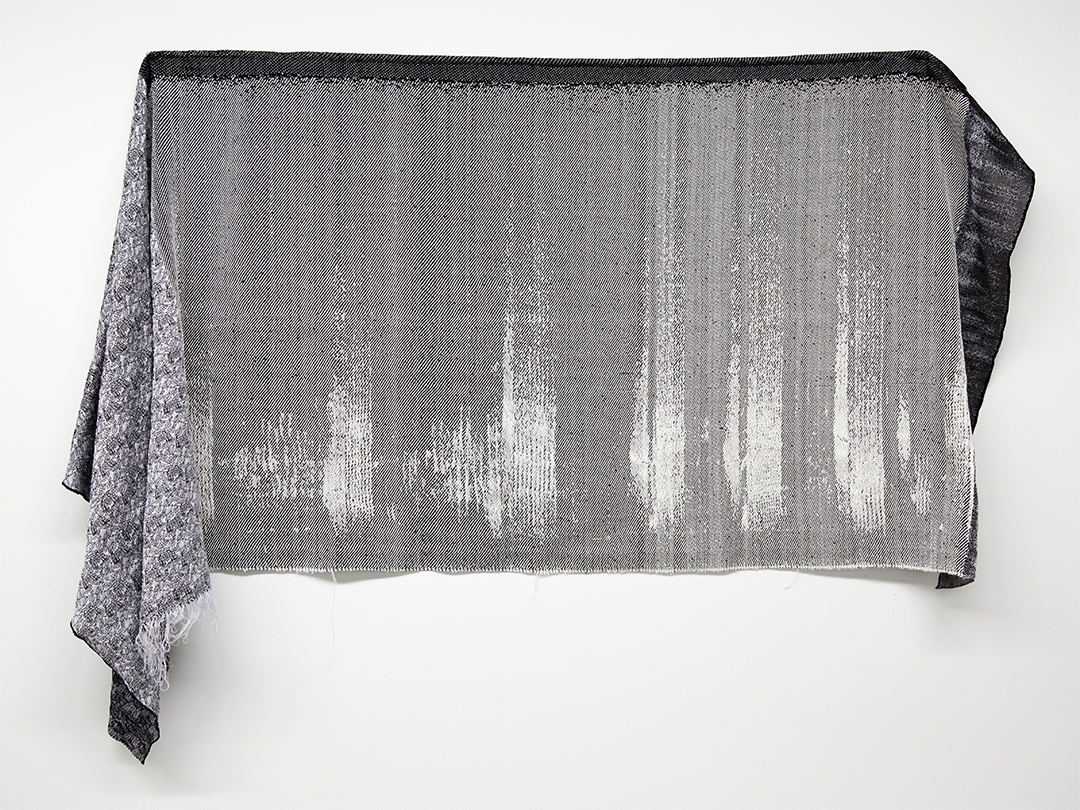
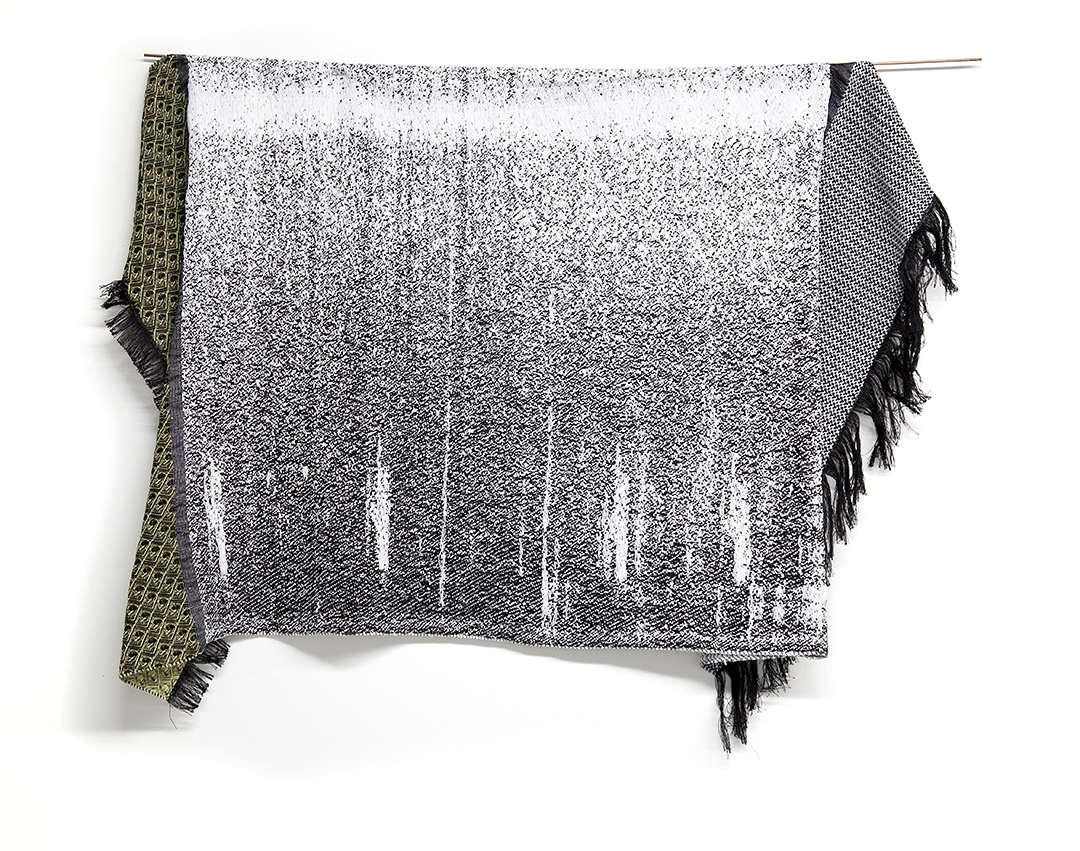
//~~~~~~~~~~~~~~~~~~~~~~~~\\
Large commercially woven tapestries came when I no longer had access to a loom. Based off designs from William Morris's work, the tapestries conflated the arts and crafts movement with the environment concequeses of the industrial revolution. Aural thinking from the previous work inspired much of the imagery.
\\~~~~~~~~~~~~~~~~~~~~~~~~//
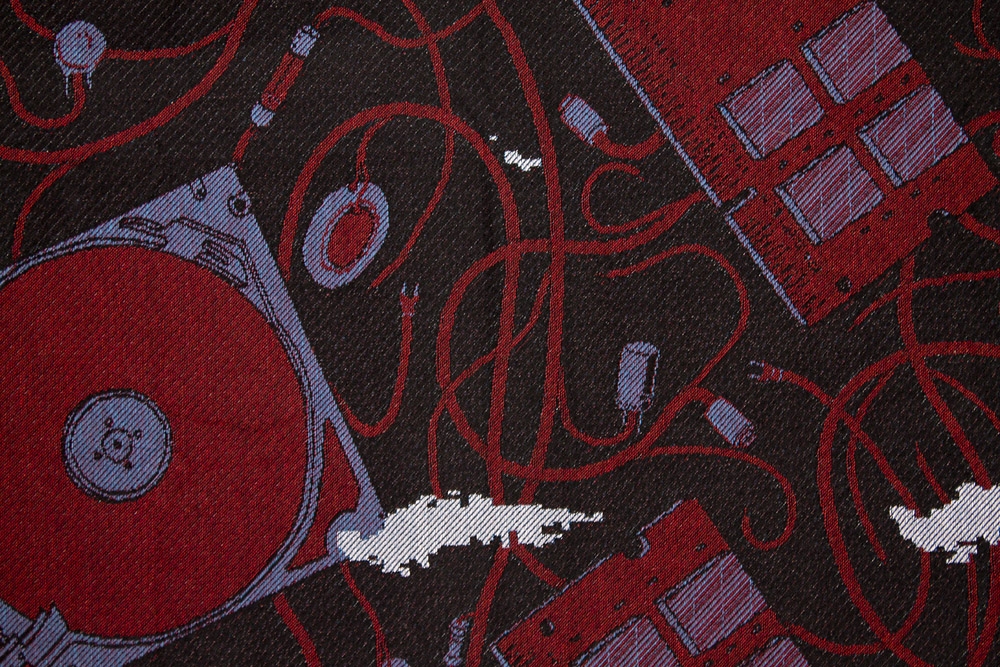
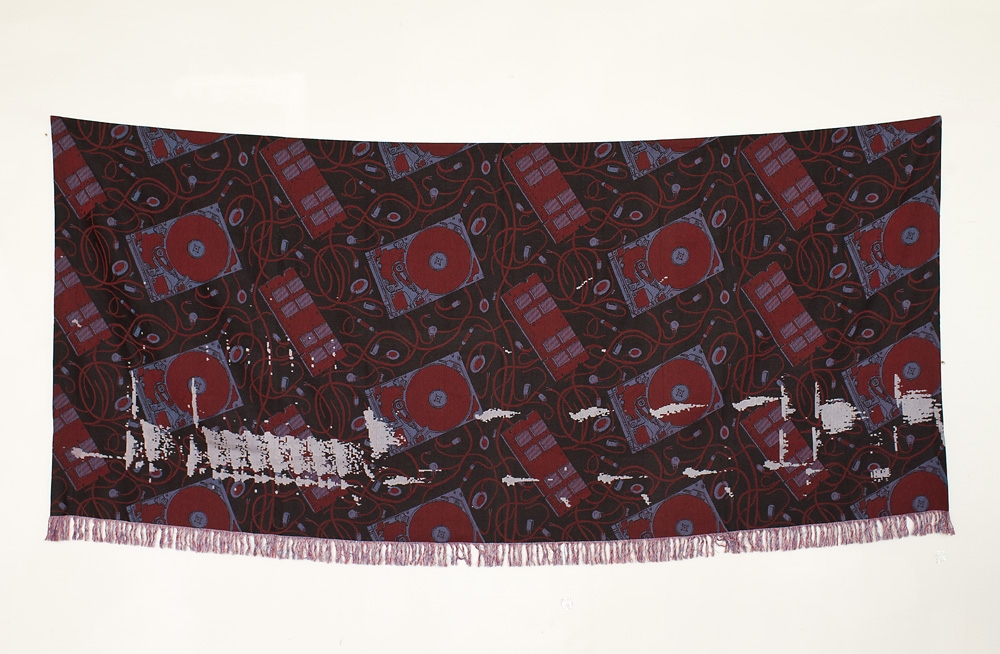
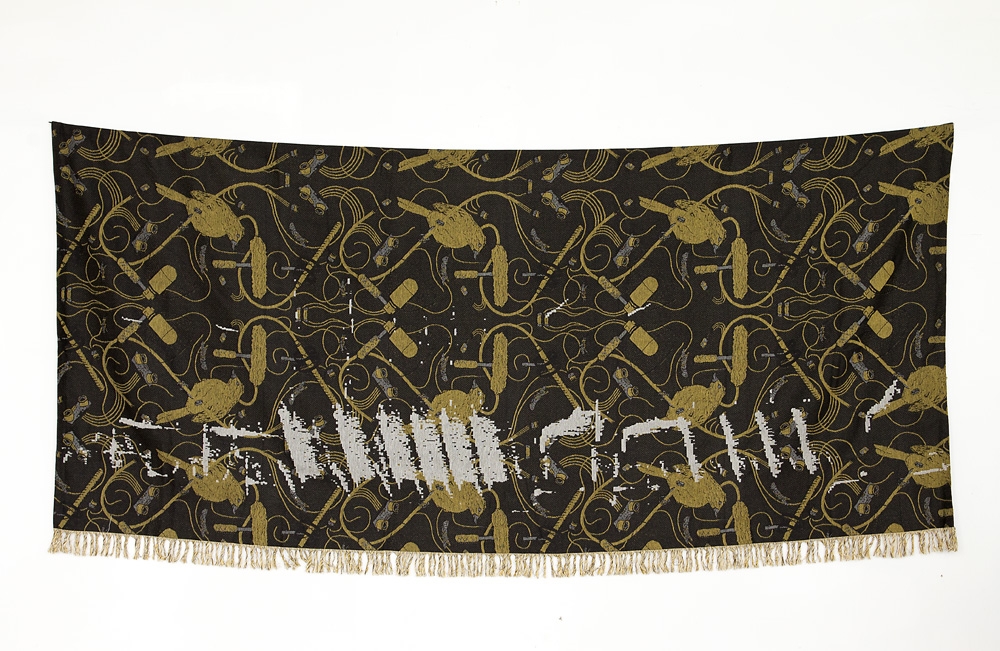
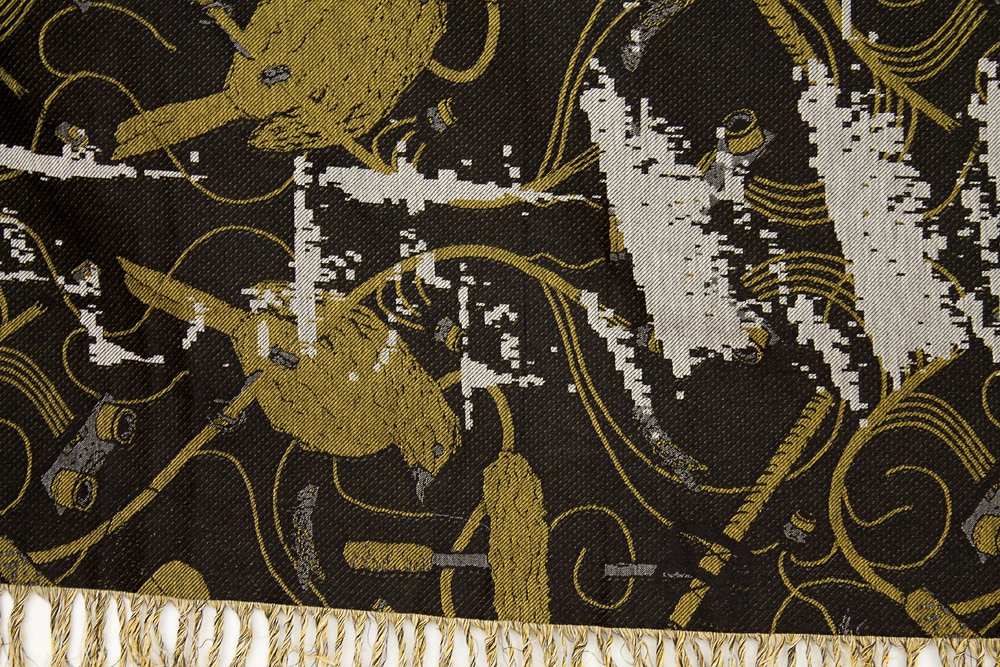
//~~~~~~~~~~~~~~~~~~~~~~~~\\
Many other ideas branched into tangetial work that stood apart from the mode of weaving. Small hard-drives were wired to produce bird song. The dimunitive needle - resembling a bird's beak - rattled and twitched while producing the song. The installation was mostly auditory. Some hard-drives were placed at viewing height while most were higher up. The work was a refined version of my undergraduate thesis.
\\~~~~~~~~~~~~~~~~~~~~~~~~//
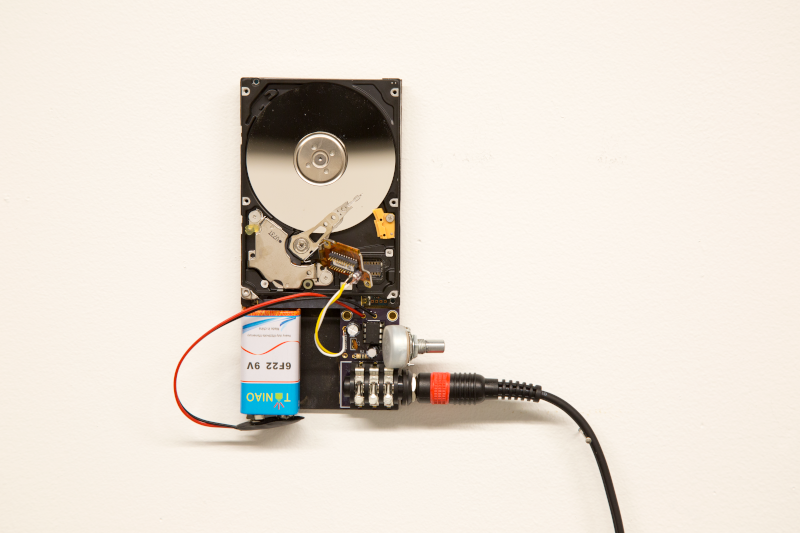
//~~~~~~~~~~~~~~~~~~~~~~~~\\
The Aviary, a virtual environment, took the same ideas and expressed them as a phoney bird sanctuary. The console, a two-bit, sympathetic, phoney AI provides didactics and a hint of the utopic. It's all wrapped up in early web nostalgia, but it makes pleasant background noise if you like birds. Currently it stands as an experiment not quite resolved. Though, I appreciate its accessability and keep returning to it - adding this and that. The newest version is web only, but works on every device and browser I could find.
\\~~~~~~~~~~~~~~~~~~~~~~~~//
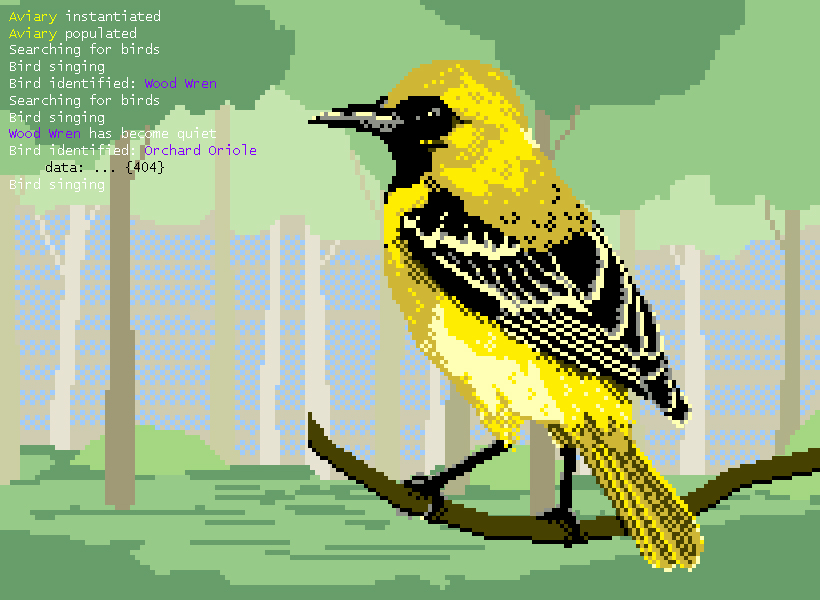
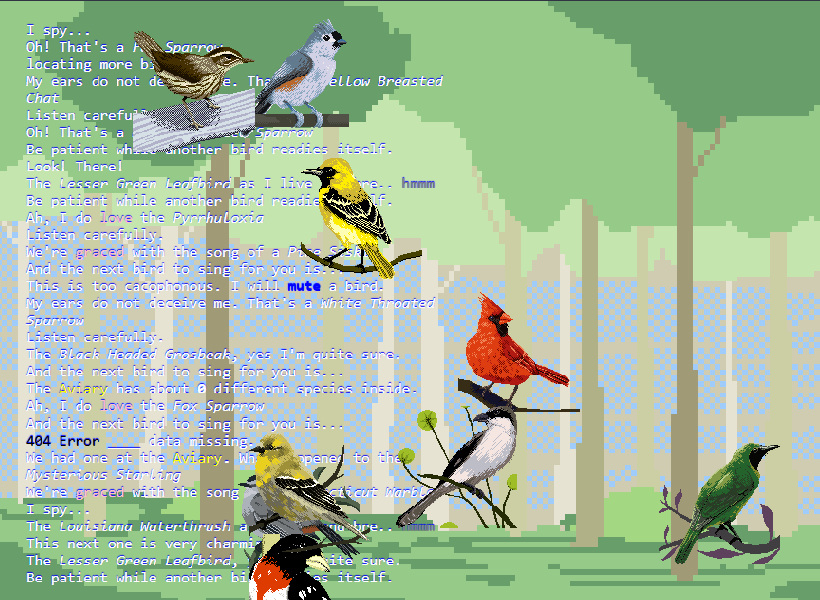
//~~~~~~~~~~~~~~~~~~~~~~~~\\
The Bird Song line grew into a general appreciation and basic knowledge of birds. Some works are simply made to celebrate them. Other works exist as dead ends: extinct species.
\\~~~~~~~~~~~~~~~~~~~~~~~~//

